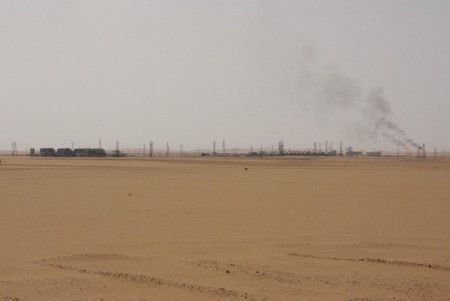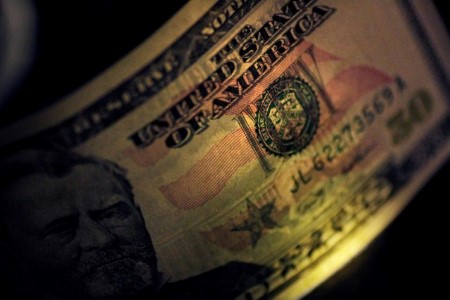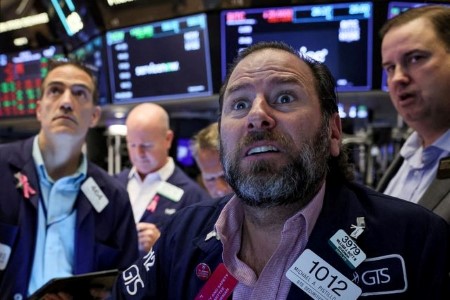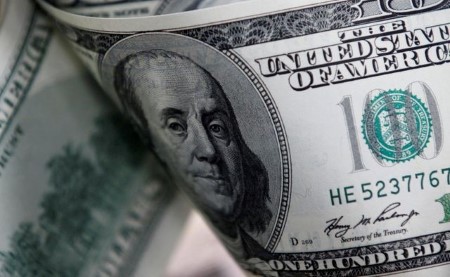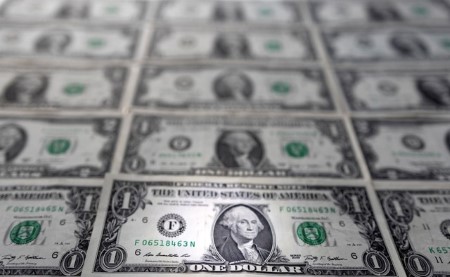BEIJING, Jan 4 – Oil prices rose in early trade on Thursday, extending the previous day’s sharp gains on concerns about Middle Eastern supply following disruptions at a field in Libya and heightened tension around the Israel-Gaza war.
Brent crude rose 33 cents, or 0.42%, to USD 78.58 a barrel by 0101 GMT, while US West Texas Intermediate crude futures rose 40 cents, or 0.55%, to USD 73.10.
Both benchmarks rose by around 3% to settle higher for the first time in five days on Wednesday, with WTI seeing the biggest daily percentage gain since mid-November.
On Wednesday, local protests forced a full shutdown of production at Libya’s Sharara oilfield, which can produce up to 300,000 barrels per day. The field, one of Libya’s largest, has been a frequent target for local and broader political protests.
Also on Wednesday, nearly 100 people were killed in blasts at an event to commemorate commander Qassem Soleimani who was killed by a US drone in 2020, as Iranian officials blamed unspecified “terrorists” and vowed revenge.
However, no group has yet taken responsibility for the attack. The US has seen no indication Israel was behind the blasts, White House national security spokesperson John Kirby said.
Swirling regional tensions from the ongoing Israel-Hamas war also continue to support oil prices.
On Tuesday, Hamas’ deputy leader was killed in a strike in Beirut – the first strike to hit the Lebanese capital in almost three months of near-daily fire between the Israeli military and Iran-backed Hezbollah that had been confined to the border region.
Shipping concerns in the Red Sea also remained after Yemen’s Iran-backed Houthis said on Wednesday they had “targeted” a container ship bound for Israel. US Central Command said the militant group had fired two anti-ship ballistic missiles in the southern Red Sea the previous day.
The market was also supported by data from the American Petroleum Institute showing US crude stocks fell by 7.4 million barrels in the week ended Dec. 29, which was double the drawdown that analysts polled by Reuters had expected.
However, gasoline inventories rose about 6.9 million barrels, against forecasts for a 200,000-barrel drop, and distillate stockpiles rose more than expected.
Weekly data from the Energy Information Administration, the statistical arm of the US Department of Energy, is due at 11:00 a.m. (1600 GMT) on Thursday, delayed by a day due to the New Year’s holiday on Monday.
In other oil news, the Organization of the Petroleum Exporting Countries (OPEC) said on Wednesday that cooperation and dialogue within the wider OPEC+ producer alliance will continue, after OPEC member Angola said it would leave the bloc last month.
A meeting of the group has been announced for Feb. 1 to review the implementation of its latest oil output cut.
(Reporting by Andrew Hayley; Editing by Sonali Paul)







 DOWNLOAD
DOWNLOAD




